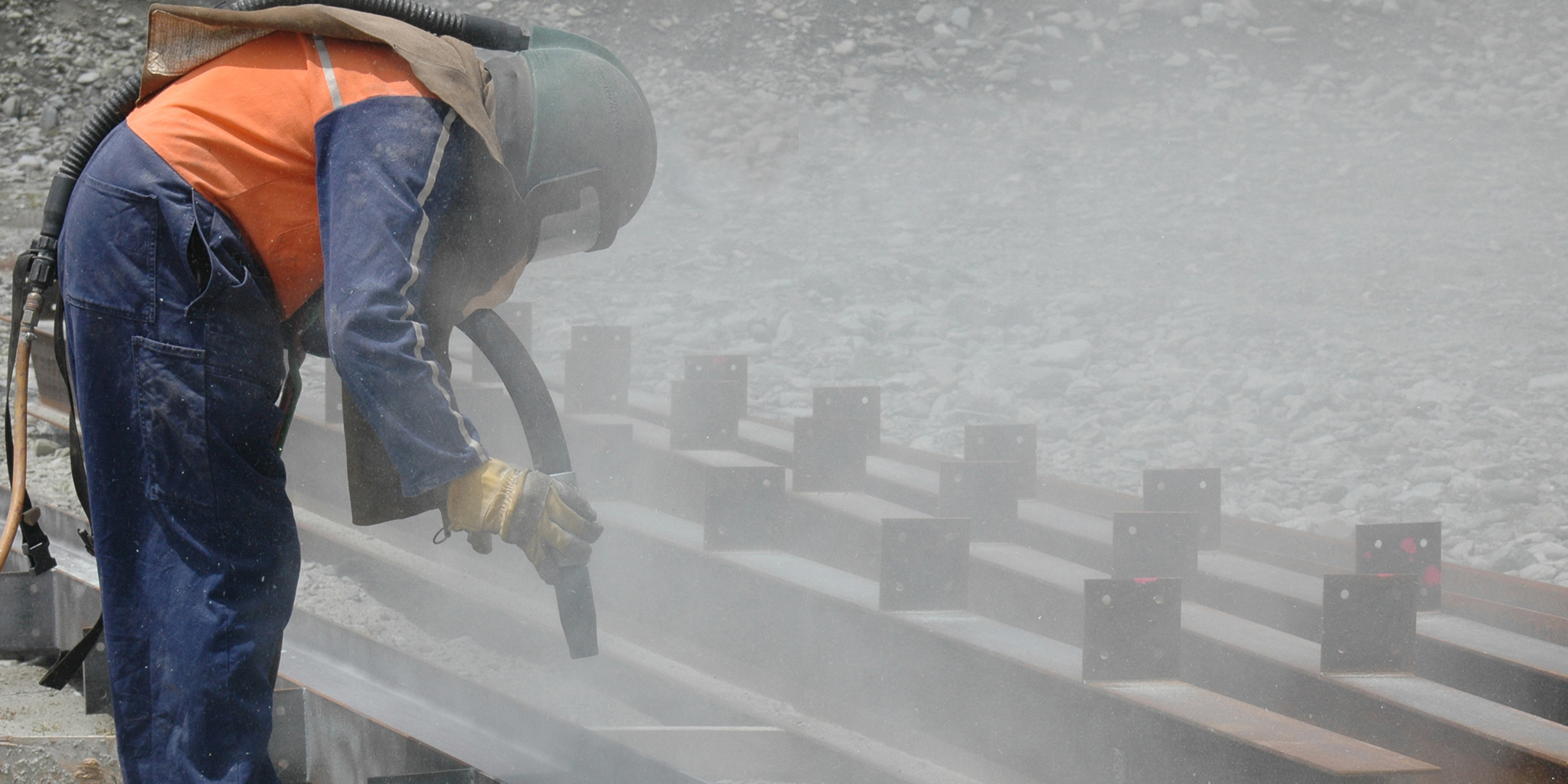Air compressor discharge
Portable and stationary air compressors

Features and benefits
- Inert to air and air/oil mixtures vs rubber hose
- Extreme reliability, thus longer service life
- Compatible with high temperatures of compressed air vs rubber hose
- More dependable; less maintenance an downtime
- Greater pressure ratings vs comparable rubber hoses
- Greater safety and reliability. Assured system dependability
- Unaffected by system vibration vs rigid tubing
- Less change of leakage, thus greater system efficiency. Less maintenance and downtime, thus lower operating cost
- Inherent flexibility vs rigid tubing
- Easier to install and remove
- Lower pressure drop vs rubber hose or rigid tubing
- Greater system efficiency
Portable and stationary air compressors of single and multi-stage design are used worldwide for a host of air-power requirements:
- Pneumatic construction tools
- Street and highway maintenance
- Quarrying and mining
- Petroleum research and development
- Pneumatic instrumentation systems in chemical, petrochemical, and refining industries
- Main air systems aboard ships
Critical among these are the compressed air discharge lines on single and multi-stage compressors. These lines must typically withstand air pressures from 100 PSI to about 4,000 PSI and temperatures from ambient to about 400°F.
In addition, the lines must be compatible with air/oil mixtures and, at the same time, be able to withstand inherent system vibration.
Hoses of PTFE convey the compressed air from one stage to the next through a common junction box.

Air compressor discharges are used worldwide for a host of air-power requirements in petroleum research and many other industries